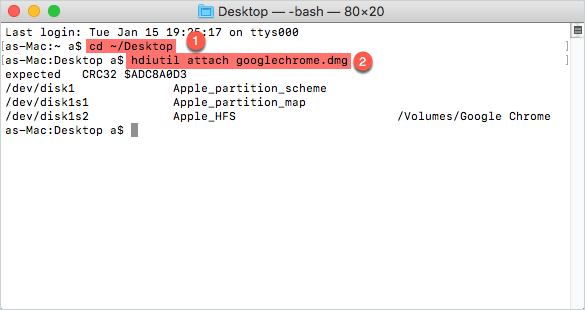
NOTE: Available plug-in folders are in the configuration directory and depends on the managed product (such as VSEL) installed on the system. Unloads the installed managed product ePO plug-in.įor example, /etc/init.d/ma unload LYNXSHLD2000 unregisters the VSEL 2.0 ePO plug-in. Provides a guided tour of (Bourne) shell scripting, including control structures, numerical computation, regular expressions, subroutines, and error handling. Loads/reloads the installed managed product ePO plug-in.įor example, /etc/init.d/ma reload LYNXSHLD1700 unregisters or registers the VirusScan Enterprise for Linux (VSEL) 1.7 or 1.9 ePO plug-in. Returns the McAfee Agent configuration directory. Returns the McAfee Agent installation folder.

Returns the status of McAfee Agent - stopped or running (with PID). The agent contacts the ePO server for new or updated policies, and then enforces them immediately on receipt. You can issue the cmdagent command in one session and watch agent activity in the other.Ĭollect and send properties to the ePO server NOTE: Run the command in a separate PuTTY/terminal session. Double-click the Utilities folder to open it. Scroll through until you find the Utilities folder. In the menu bar, click Go and select Applications. Although the Display Agent Monitor option is not available, you can still view current agent activity by using the following command: To open Terminal from your Applications folder, click your desktop to bring Finder into focus.Switches on non-Windows systems use a - instead of /.

Then, for Mac or UNIX systems, run the command sudo.
Open mac command line how to#
How to right click and Open Command Line Terminal at folder on Mac from Finder. McAfee Agent 5.x Mac and UNIX switches: You can use the following switches on non-Windows clients by changing to the correct directory. How To Open Command Prompt (CMD) on Apple Mac OS X HDGuideTutorial 2020.


 0 kommentar(er)
0 kommentar(er)
